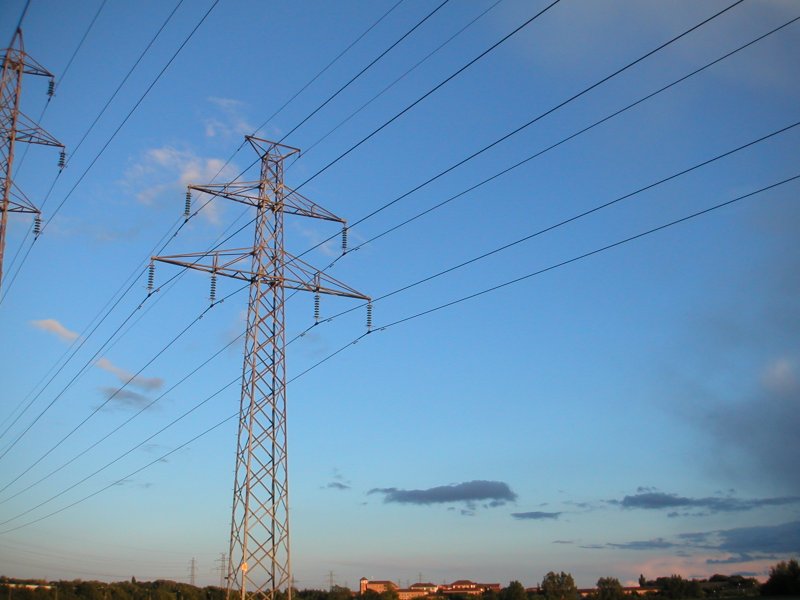
For Renewables, Transmission Overhaul Needed
Dozens of coal plants around the U.S. are being forced into retirement both because of age and because utilities are shifting to natural gas. America’s transition away from coal to new sources of energy, including renewables, is raising concern over the reliability of the electric grid. The variable nature of renewable energy – wind and solar in particular – will create problems for grid operators.
Grid operators fear that they will face capacity shortfalls during certain periods, since the sun is not always shining and the wind is not always blowing. However, the National Renewable Energy Lab (NREL) released a report that found that renewable energy could reliably provide 80% of the U.S.’s electricity demand for all hours of the year by 2050. While that may sound optimistic, Germany has demonstrated that it will be possible. On May 26, Germany set a world record of generating 22 gigawatts of solar power. Solar provided 50% of Germany’s electricity that day.
NREL concludes that variability can be addressed, but several steps need to be taken. First, the transmission grid should be expanded to deepen regional integration. If the electricity pool is enlarged, electricity can be drawn from more areas, reducing variability. Second, natural gas can serve as backup power, with the ability to quickly ramp up when needed. Functioning as a bridge fuel, natural gas can be used when renewables are not fully available. Third, expanding energy storage can smooth out fluctuations. Technologies to store energy include pumped storage, batteries compressed air, and even electric vehicles.
NREL estimates that average annual expenditures for expanding transmission capacity will need to range from $6.4 billion to $8.4 billion for new construction. While that sounds expensive, it does not deviate much from historical averages as the U.S. has spent between $2 billion and $9 billion per year on transmission between 1995 and 2008 (although that figure includes both construction and maintenance).
However, reforming the nation’s transmission system will be a monumental task. Building new transmission lines can take up to ten years due to a litany of permits needed for siting and construction. Due to their nature, transmission lines often pass through multiple municipalities, counties and states, requiring approvals from dozens of overlapping authorities. For example, the TransWest Express transmission project promises to carry wind power from Wyoming to Arizona, Nevada, and California. The plan originated in 2005 but will not begin construction until 2014.
In October 2011, the Obama administration setup an Interagency “Rapid Response Team for Transmission,” which promised to streamline and accelerate development of several key transmission lines across the country. A list of the pilot projects can be found here. While it remains to be seen how effective this move is in addressing siting and permitting delays, accelerating the expansion of the transmission grid is essential in the successful roll out of renewable energy.






